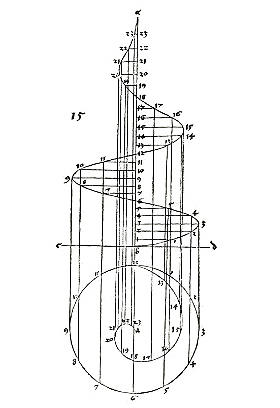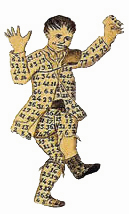
Mission Statement
home | courses | topics | theorems | starters | worksheets | timeline | KS3 | KS4 | KS5
The prevailing modern view of mathematical ability is one which entails creativity and transcends the more limited concept of technical ability. There is, however, little widely available material which, in a simple and accessible way, introduces the secondary school age children to the world of 'creative' mathematics. This web site aims to do just that - to contribute to developing the base of knowledge and resources by concentrating particularly on introducing the historical context into the study of mathematics at Key Stages 3 and 4.
The site does not deal with the historical aspect of mathematical sciences in an anecdotal way, but is instead seeking to reinvigorate the creative search for mathematical truth through giving the tools and examples from the history of mathematics. I hope that this will inspire young mathematicians to whom the project is dedicated to recognise the creative nature of mathematical enquiry and to gain an insight into the various techniques of research, analysis and synthesis of mathematical thought through the study of the subject's history.
There are several areas and aspects to this site, which are all mainly expressed through the main menu at the top of each page.
To learn more about the philosophy of the site, you can download a paper which was given at the International Conference on the History and Pedagogy of Mathematics in Cambridge in July 2004. You can also see the presentation which was given there. A picture of all participants is available here.
See here about the Gatsby Teacher Fellowship Programme, who supported this project.
number man - whenever he appears, it means that you can click on him to go the page with resources to support the topic you are looking at.
lecture picture - whenever you see this picture, you can click on it to download a presentation or a movie which deals with the topic you are looking at.
The drawing which is part of the logo represents the drawing of a helix and is version done by Hachette in 1811 using the technique of Descriptive Geometry. An older version (below) was done by Dürer in 1525.

artefacts | numerals | concepts | people | places | pythagoreans | egyptians | babylonians
_____________________________________________________________________________________________________________________
Acknowledgements | Copyright | Contact | Mission Statement | Tell a friend about this site

